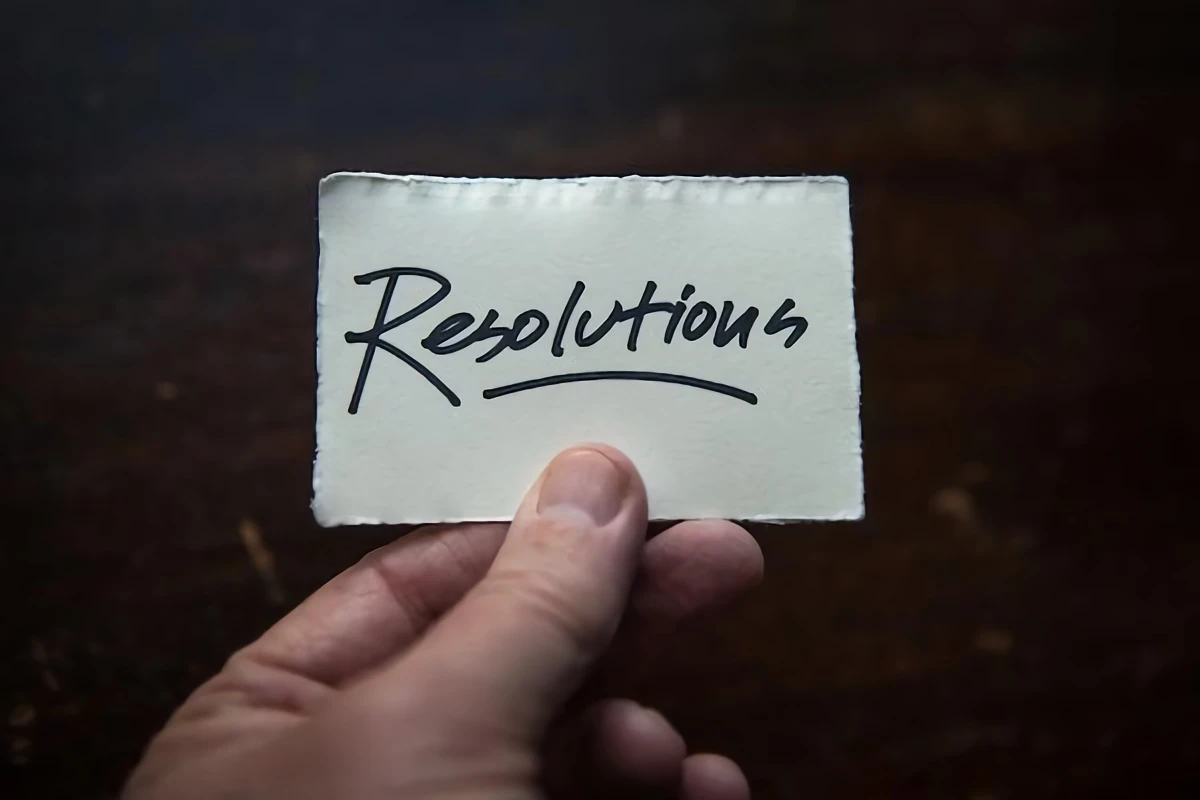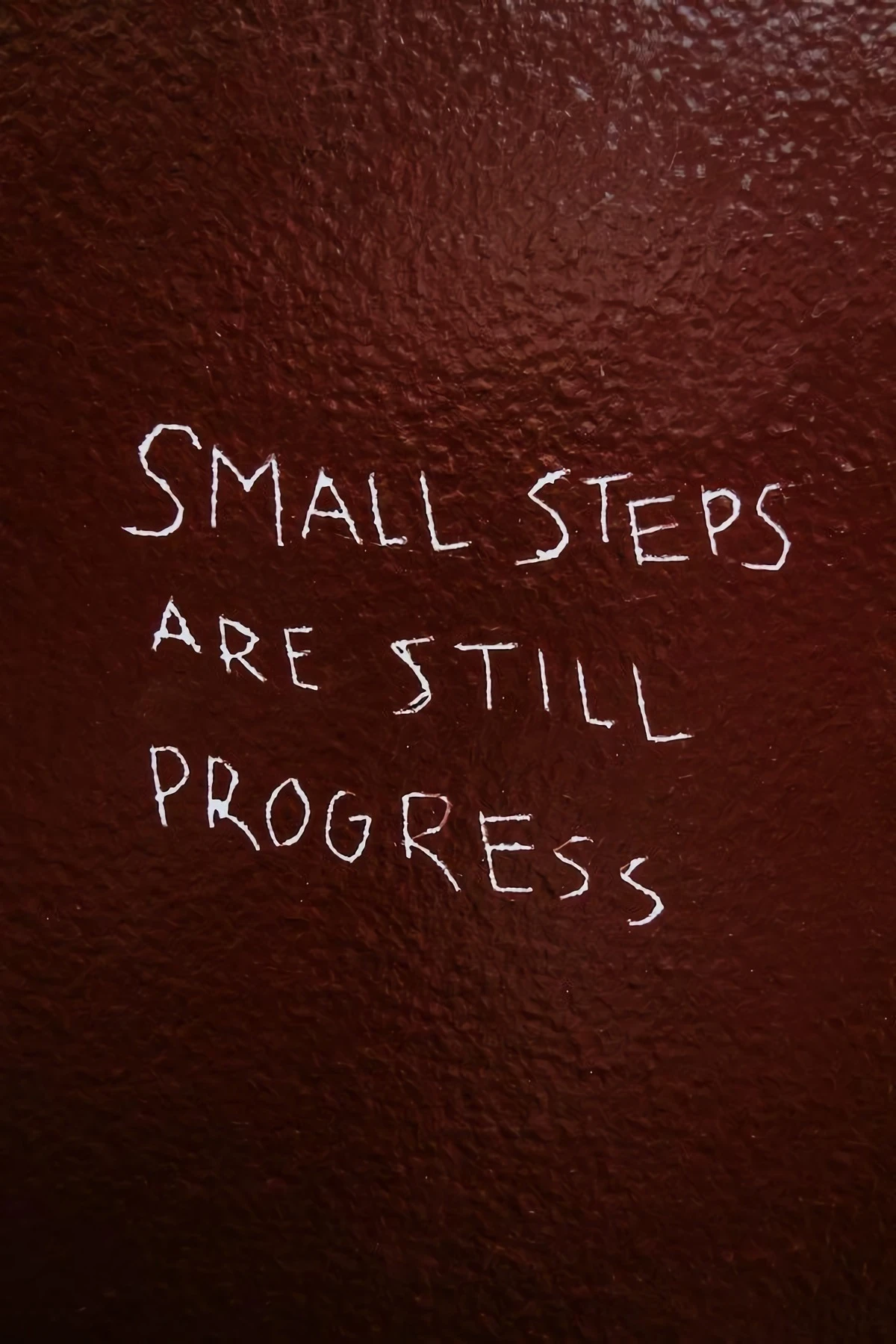Resolutions Are a Trap. Here’s a Better Way to Make a Change That Actually Sticks.
You know the scene. First week of January, the gym is packed with fresh faces in brand-new workout gear. They’ve got that look of pure determination. Fast forward to mid-February, and poof… they’re gone. It’s the same story for the dusty language apps, the empty journals, and the meditation cushions that have become cat beds. But honestly, this isn’t a story about failure. It’s a story about good intentions being aimed at the wrong target.
In this article
- Why We Usually Give Up (It’s Not Your Fault)
- The Big Shift: Focus on Identity, Not Outcomes
- Okay, Where Do I Actually Start?
- Building Your System: The Nitty-Gritty Details
- Your Personal ‘Toolbox’ for Change
- How to Know It’s Working (Without Obsessing)
- A Quick But Important Warning
- Ready to Start? Your 7-Day Challenge
Let’s get one thing straight: wanting to improve is awesome. It’s the best part of being human. But resolutions usually don’t work, and it’s not because you’re lazy or lack willpower. It’s because the whole concept is flawed. We get obsessed with the giant, shiny goal at the finish line, but we completely forget to build the path to get there. After years of watching people (and myself!) stumble, I’ve learned the secret isn’t a bigger goal—it’s a smarter, kinder system.

By the way, did you know that the whole “it takes 21 days to form a habit” thing is a myth? Research shows the real average is closer to 66 days, and even that varies wildly from person to person. So the first step is to be patient with yourself. This is a process, not a race.
Why We Usually Give Up (It’s Not Your Fault)
Before we build something that lasts, we have to understand why the old methods fall apart. These are the common psychological traps that trip almost everyone up. Seeing them clearly is the first step to avoiding them.
The Motivation Rollercoaster
We often kick off a new goal riding a huge wave of motivation. Maybe a documentary lit a fire under you, or a chat with a friend got you all hyped up. The problem? Motivation is a feeling, and feelings are fickle. They come and go. Relying on motivation is like trying to sail a ship with an unpredictable wind. Most days, you probably won’t feel like it. The whole point of a good system is to make the right choice so easy that motivation doesn’t even need to be part of the equation.

The ‘One Cookie’ Catastrophe
I see this all the time. Someone decides to eat healthy and they’re perfect for five days. Then, on day six, there’s cake at an office party. The thought process immediately goes to: “Well, I’ve ruined it. The whole week is a waste.” This all-or-nothing thinking turns a tiny, insignificant stumble into a total collapse. In reality, one piece of cake changes nothing. But that black-and-white mindset gives you permission to abandon everything. A solid system always has room for being human.
This leads directly to something researchers call the “what-the-hell effect.” Once you believe you’ve blown it with that one cookie, the next thought is, “What the hell, I might as well eat the whole box.” One small slip triggers a complete surrender. It’s why a single missed workout can somehow turn into a month of inactivity. The key is learning how to recover from a tiny misstep without letting it spiral.

The Big Shift: Focus on Identity, Not Outcomes
Okay, this is probably the most important shift you can make. Most of us set outcome-based goals, like “I want to lose 20 pounds” or “I want to write a novel.” The issue here is that these goals have a finish line. What happens after you lose the weight? You stop doing the things that got you there and, often, the weight comes back.
A much more powerful approach is to focus on your identity. Let’s reframe those goals:
- Instead of an outcome like “I want to lose 20 pounds,” try an identity like “I am the type of person who moves their body every day.”
- Instead of an outcome like “I want to run a marathon,” try an identity like “I am a runner.”
- Instead of an outcome like “I want to write a book,” try an identity like “I am a writer.”
See the difference? It’s subtle but profound. Every single action you take becomes a vote for this new identity. Did you go for a walk today, even for 10 minutes? That’s a vote for being a healthy person. Did you write just one paragraph? That’s a vote for being a writer. It stops being about hitting some arbitrary target and starts being about becoming who you want to be. I once worked with a client who struggled for years to quit smoking. Nothing worked. The change finally happened when he stopped trying to “quit smoking” and started identifying as a “non-smoker.” When he got a craving, he’d ask himself, “What would a non-smoker do right now?” It guided his tiny choices until they became his new normal.

Okay, Where Do I Actually Start?
Feeling a bit overwhelmed? That’s normal. Let’s make it super simple. Forget everything else for a moment and just focus on this.
Heads up! Pick ONE THING. Seriously. The biggest mistake people make is trying to overhaul their entire life at once—start a diet, go to the gym, meditate daily, and learn Spanish all in the same week. That’s a recipe for burnout. For the first month, just pick one new identity to focus on.
Your first step is to use the Two-Minute Rule. Scale down your new habit until it takes less than two minutes to do. The goal here isn’t to get results; it’s to master the art of showing up. Getting started is always the hardest part.
- “Become a reader” turns into “Read one page of a book each night.”
- “Do yoga every day” turns into “Roll out my yoga mat.” (That’s it! Just roll it out.)
- “Eat healthier” turns into “Eat one piece of fruit with my lunch.”
Once you’ve mastered the art of showing up for two minutes, you can slowly expand from there. But for your first week, that’s your only goal.

Building Your System: The Nitty-Gritty Details
Once you’re comfortable with your two-minute habit, you can start building a more robust system around it. These are the techniques the pros use because they work with human psychology, not against it.
Technique 1: Habit Stacking
Your brain loves to connect dots. You already have dozens of established habits you do on autopilot, like making coffee or brushing your teeth. Habit stacking simply links your new, tiny habit to one you already do. The formula is: “After I [current habit], I will [new two-minute habit].”
- “After I pour my morning coffee, I will meditate for one minute.”
- “After I take off my work shoes, I will immediately change into my workout clothes.”
- “After I brush my teeth at night, I will open my journal.”
This removes the guesswork. You no longer have to decide when to do your new habit; it’s already scheduled into your day.

Technique 2: Design Your Environment
We love to think we’re in full control, but our environment shapes our behavior in huge ways. Instead of relying on willpower, rig the game so it’s easy to win. Make your good habits obvious and your bad habits difficult.
- For your physical space: Want to eat healthier? Put a bowl of fresh fruit on the counter instead of cookies. Pre-chop veggies and put them at eye-level in the fridge. Want to practice guitar? Don’t hide it in a case in the closet; put it on a stand right in your living room.
- What if you live with others? This can be tricky. You can’t control the junk food your partner brings home. Focus on what you can control. Create a ‘healthy shelf’ in the pantry and fridge that’s just for you. The goal is to make your choice the path of least resistance. If your healthy snacks are easier to grab than their chips, you’re more likely to win that micro-battle.
- For your digital space: This is a big one. If you want to be less distracted, use an app blocker like Freedom (it has free and paid versions, usually around $30-40 a year) to block social media during work hours. A lesser-known trick: set your phone’s screen to grayscale. It makes it instantly less appealing. Unsubscribe from all those tempting marketing emails that clog your inbox. A little digital friction goes a long way.

Your Personal ‘Toolbox’ for Change
Having the right tools can make all the difference. You don’t need to spend a lot of money, but here are a few things that can genuinely help:
- A Simple Notebook: Seriously, a cheap spiral notebook from a place like Target or Staples ($2-$5) is one of the most powerful tools. Use it for your weekly review (more on that below). The physical act of writing helps solidify your thoughts.
- A Habit Tracker App: If you’re digitally inclined, apps like Streaks or Habitify can be great for visualizing your progress. They give you that little dopamine hit when you check something off. Most have free versions or a small one-time cost.
- A Good Book on the Topic: There’s a best-selling book out there that dives deep into the science of tiny, atomic-level changes. It’s a fantastic resource if you want to go further into the psychology of how all this works. It’s worth picking up from your local library or bookstore.

How to Know It’s Working (Without Obsessing)
So how do you track your progress? Most people look at the wrong metrics, get discouraged, and quit. Let’s fix that.
Focus on what you can control (leading indicators) instead of results you can’t (lagging indicators). A “lagging” indicator is the outcome—pounds lost, dollars saved. You can’t directly control that number on any given day. A “leading” indicator is the action you took—the number of workouts you did, the number of times you packed your lunch. Focus entirely on nailing your leading indicators, and the lagging indicators will eventually take care of themselves.
Your 15-Minute Weekly Check-In
This is non-negotiable. Set aside 15 minutes every week, maybe on a Sunday evening, with that simple notebook. Ask yourself three questions:
- What went well with my new habit this week?
- What went wrong or was harder than expected?
- What one small thing can I change to make next week better?
This little ritual turns failure into pure data. Let’s walk through a real example. Say your goal is to “become a writer.”
Weekly Review Example:
1. What went well? I actually wrote for 5 minutes on Tuesday, Wednesday, and Friday. I used my ‘after my morning coffee’ trigger and it worked!
2. What went wrong? On Monday and Thursday, I sat down but just stared at the blank page and felt stupid. I gave up after a minute.
3. What will I change? The blank page is the enemy. Next week, I’ll find a list of writing prompts online. That way, I have a starting point and won’t get stuck before I even begin.
See? You didn’t “fail.” You learned something valuable and made a tiny adjustment. This is how you make unstoppable progress.
A Quick But Important Warning
This framework is for building healthy, positive habits. It is absolutely NOT a substitute for professional medical or mental health care. Goals around weight and productivity can sometimes slip into dangerous territory. If your desire to “eat clean” is causing obsessive thoughts or social anxiety, that’s a red flag. If your self-worth is tied to a number on the scale or a streak on an app, it’s time to pause and get support.
I’m an expert in habit formation, but I’m not a therapist or a doctor. If you’re struggling with anxiety, depression, or a possible eating disorder, please reach out to a qualified professional. It’s the strongest and smartest thing you can do.
Ready to Start? Your 7-Day Challenge
Forget the overwhelming resolutions. Instead, focus on building a simple, durable, and compassionate system for yourself. The life you want isn’t found in one heroic leap; it’s found in the quiet accumulation of tiny, daily votes for the person you want to become.
So here’s your challenge: Pick ONE identity you want to build. Just one. Now, scale it down to a two-minute version. For the next seven days, your only goal is to show up and perform that tiny habit. Don’t worry about results. Don’t worry about perfection. Just master the art of showing up. That’s a system that can last a lifetime.










